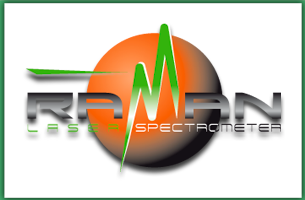Jose A. Manrique‐MartinezGuillermo Lopez‐ReyesAndres Alvarez‐PerezThomas BozicMarco VenerandaAurelio Sanz‐ArranzJesus SaizJesus Medina‐GarciaFernando Rull‐Perez
Raman and laser‐induced breakdown spectroscopy (LIBS) spectroscopies will play an important role in planetary exploration missions in the following years, not only with Raman instruments like Raman laser spectrometer on board of Rosalid Franklin Rover or scanning habitable environments with Raman and luminescence for organics and chemicals on board Mars2020 Rover but also with combined instruments such as SuperCam. These techniques will be part of the upcoming planetary exploration missions because they can provide complementary information from the analysed sample while potentially sharing hardware components, maximizing the scientific return of the samples while limiting mass. In this framework, this study seeks to test the feasibility of combining several univariate and multivariate analysis techniques with data fusion techniques of different instruments (532 and 785 nm Raman and LIBS) to evaluate the improvements in the quantitative classification of samples in binary mixtures. We prepared two‐component mixtures that are potentially relevant in planetary exploration missions, using two different sulfates and a chloride. A more accurate classification of the samples is possible through a univariate analysis that combines the calculated concentration indicators for Raman and LIBS. On the other hand, multivariate analysis was run on Raman, LIBS, and Raman + LIBS low‐level fused data sets. The results showed a better improvement when fusing LIBS and Raman when compared with the redundant fusion but not a systematic improvement when compared with individual sets. We demonstrate that a quantification of the mineral abundances in binary mixtures can be obtained from Raman and LIBS data using univariate and multivariate analysis techniques, being the latter remarkably better, moving from performances of classification, in the whole range of concentrations, that could be over the 10% to values under 3.5%. Furthermore, the fusion of data coming from these techniques improves the classification limit with respect to the individual techniques. Thus, besides the (evident) hardware convenience of combining LIBS with 532‐nm Raman, there could be analytical advantages as well.© 2020 John Wiley & Sons, Ltd.


